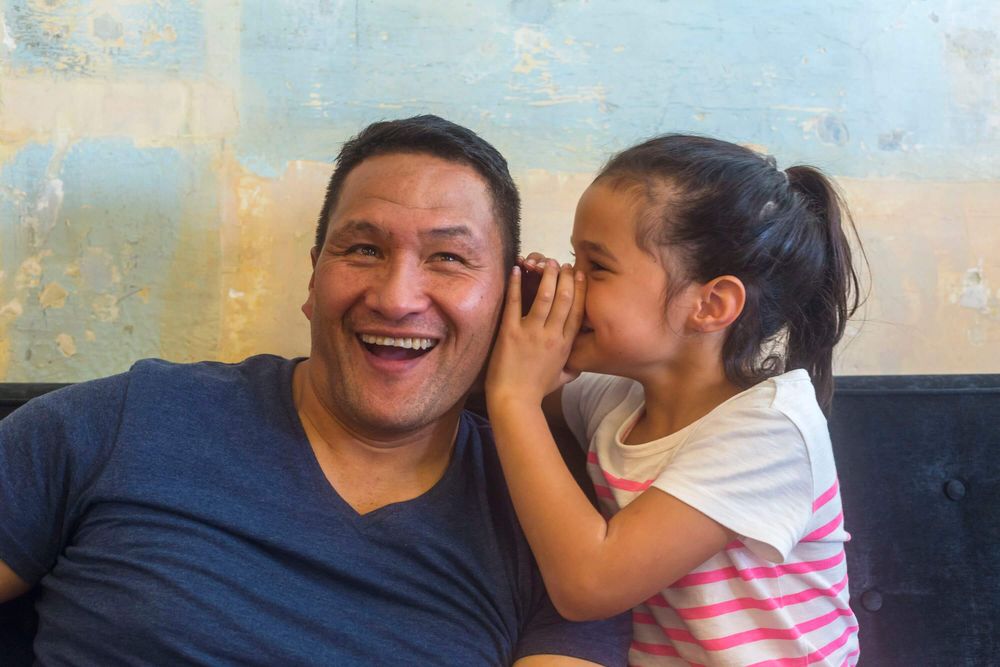An overview of Kōhanga Reo
Published on Wednesday, 20 September 2017
Last updated on Friday, 17 December 2021

Language, culture and whānau are at the core of kōhanga reo.
Here, we see how these immersive Māori centres enrich the lives of mokopuna and whānau, and are revitalising te reo Māori all around New Zealand.
What do kōhanga reo do?
Kōhanga reo are language nests that care for young children in a Māori cultural environment. Lessons are conducted in te reo Māori and there’s a focus on social development for all ages.
There is also an emphasis on family, and unlike teacher-led services, such as kindergartens, kōhanga reo are whānau-led. This means that parents and whānau or care-givers are closely involved in educating and caring for children.
The key goals of kōhanga reo are:
- Total immersion in Māori language, customs and values in daily operations
- Whānau decision-making, management and responsibility
- Accountability
- The health and well-being of mokopuna and whānau
In essence,
“Kōhanga reo is not an early childhood service, it is concerned with the survival of the Māori language and whānau social development … Kōhanga reo is not only a journey for the child but the whole family.”
Te Kōhanga Reo National Trust
Who is kōhanga reo for?
Kōhanga reo provide education and care for children from birth to six years of age, and provide employment and learning for whānau.
The Te Kōhanga Reo National Trust says:
- Since the first kōhanga reo opened in 1982, more than 50,000 children have attended a kōhanga reo
- The 2019 ECE Census counted 444 kōhanga reo in New Zealand, representing about 10 per cent of all children in early childhood education
- Kōhanga reo is the highest employer of Māori people in any early childhood service
- Kōhanga reo also has hundreds of akonga (students) in training courses
What services do kōhanga reo provide?
Kōhanga reo provide an environment that’s rich in Māori language and culture. They offer total immersion learning and development programmes for children, taking into account children’s strengths and interests, and they empower whānau to participate in their children’s learning.
There are indoor and outdoor experiences and opportunities, and each licensed kōhanga reo develops its own programmes guided by Te Whāriki a Te Kōhanga Reo.
Te Whāriki a Te Kōhanga Reo shares a common framework with the Te Whāriki Early Childhood Curriculum that early childhood education services follow, 'while describing alternative curriculum pathways of equal status'.
It's founded on four principles:
- Whakamana/empowerment: Giving the child the power to learn and grow
- Kotahitanga/holistic development: Learning as a whole rather than in separate subjects
- Whānau Tangata/family and community: Linking with the child's family and community
- Ngā Hononga/relationships: Learning through responsive and reciprocal relationships with people, places and things.
Te Whāriki a Te Kōhanga Reo's five strands create a focus on each child’s:
- Manu Atua/well-being
- Mana Tangata/contribution
- Mana Reo/communication
- Mana Whenua/sense of belonging
- Mana Aotūroa/exploration
What are the benefits of kōhanga reo?
By nurturing a living language and transferring cultural knowledge between generations, kōhanga reo brings positives for children and their whānau.
Children benefit from kōhanga reo by:
- Learning their Māori language and culture
- Developing their identity and sense of belonging
- Building knowledge, skills and confidence
- Feeling a sense of physical, emotional and spiritual security
- Being supported and cared for by familiar whānau
Whānau benefit from kōhanga reo by:
- Taking the lead in educating and caring for their children
- Sharing responsibilities, knowledge and expertise
- Taking parenting courses
- Developing social and community networks
- Building confidence and enjoying greater respect and mutual appreciation
How does licensing work for kōhanga reo?
Kōhanga reo are self-managed, but chartered by the Te Kōhanga Reo National Trust. This means that the operation and decision-making of each kōhanga reo is the responsibility of the whānau, within guidelines set by the Trust Board.
Kōhanga reo are licensed by the Ministry of Education under the Education (Early Childhood Services) Regulations 2008 and must meet licensing criteria and minimum standards of education and care to operate.
The licensing criteria for kōhanga reo covers:
- Curriculum
- Premises and facilities
- Health and safety practices
- Governance, management and administration
The Education Review Office (ERO) visits and reviews kōhanga reo to monitor the quality of their education and care.
How much does kōhanga reo cost?
If your child is aged three-, four- or five-years-old and goes to a kōhanga reo that offers 20 Hours ECE, then the government will fund 20 hours of child care each week (for up to six hours a day).
A Childcare Subsidy is also available to some families.
And in terms of costs payable, kōhanga reo have a whānau contribution system. Check with the kōhanga reo directly to see what costs are involved.
References:
Related Articles

What types of child care are there?
An overview of the different child care services available to families, including centre based care and in-home care options, and how families can access them.

How to help your child successfully settle in to child care
Being the new kid on the block can be a daunting experience for young children. To help your tyke get off to a great start, here are some ways to prepare them for life at care.

An overview of Te Kura
Te Kura provides learning programmes for pre-schoolers who can’t attend another early childhood education service.
